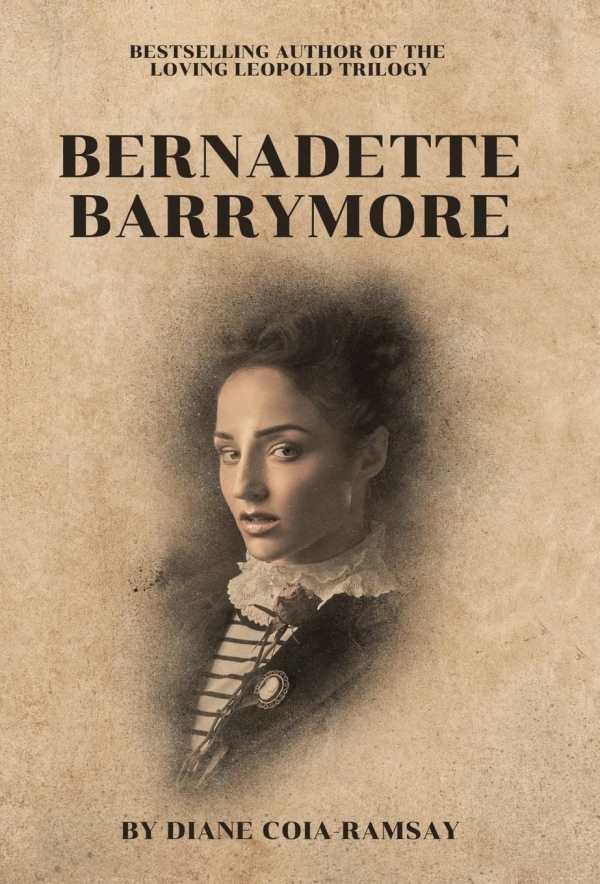Bernadette Barrymore
In the romance novel Bernadette Barrymore, an Irish American woman and an English aristocrat fall in love—and overcome multiple challenges.
In Diane Coia-Ramsay’s romance novel Bernadette Barrymore, a woman’s marriage is tested by war and family sabotage.
Bernadette was eighteen years old when she met twenty-eight-year-old Anthony, a lord, while on a trip to London with her parents. Within twenty-four hours of meeting, they announced their engagement. But no sooner are they wed than the start of World War I pulls them apart. For the next four years, Bernadette receives little communication from her husband and is ostracized by her in-laws.
Differences in American and English culture are illustrated through Bernadette’s interactions with London aristocrats and commoners, and the hardships of war for people from all levels of society are shown via details about the loss of lives and food rationing in both countries. And when Anthony returns from the war, the book recenters on the couple’s romance: Bernadette hopes to rekindle the love that first captivated her. There are rumors and miscommunications to overcome from the moment he steps off the train, though. Further, Bernadette’s immaturity and wealthy upbringing, more than Anthony’s war memories, present multiple obstacles to their relationship lasting. She creates drama in the marriage, running away and waiting for Anthony to rescue her from her bad choices.
Still, Bernadette grows as the story progresses, becoming a heroine of substance: she begins as a privileged American girl who says of herself, “That was childish of me, I’m a spoiled willful child.” By staying in London during the war, and taking on a job considered beneath her status, she learns independence, patience, and kindness. Nonetheless, her oscillating faith in her husband’s affections is a recurring issue in their marriage. Anthony is less developed but more constant: an English gentleman, he’s smitten by Bernadette’s pretty smile and dimples, and his love stays true despite attempts by others (and Bernadette) to end his marriage.
But the book’s delivery is impeded by its frequent jumps between the past, present, and future—sometimes within single paragraphs. And its narrative point of view switches between Bernadette and others, further disrupting the story’s flow. For example, when Bernadette recounts her attempts at keeping Anthony away, the perspective jumps to a person who reveals details about their own upcoming plot to separate the couple, sacrificing surprises and suspense.
In the romance novel Bernadette Barrymore, an Irish American woman and an English aristocrat fall in love—and overcome multiple challenges, including war and meddlesome family members.
Reviewed by
Mary McNichol
Disclosure: This article is not an endorsement, but a review. The publisher of this book provided free copies of the book and paid a small fee to have their book reviewed by a professional reviewer. Foreword Reviews and Clarion Reviews make no guarantee that the publisher will receive a positive review. Foreword Magazine, Inc. is disclosing this in accordance with the Federal Trade Commission’s 16 CFR, Part 255.

